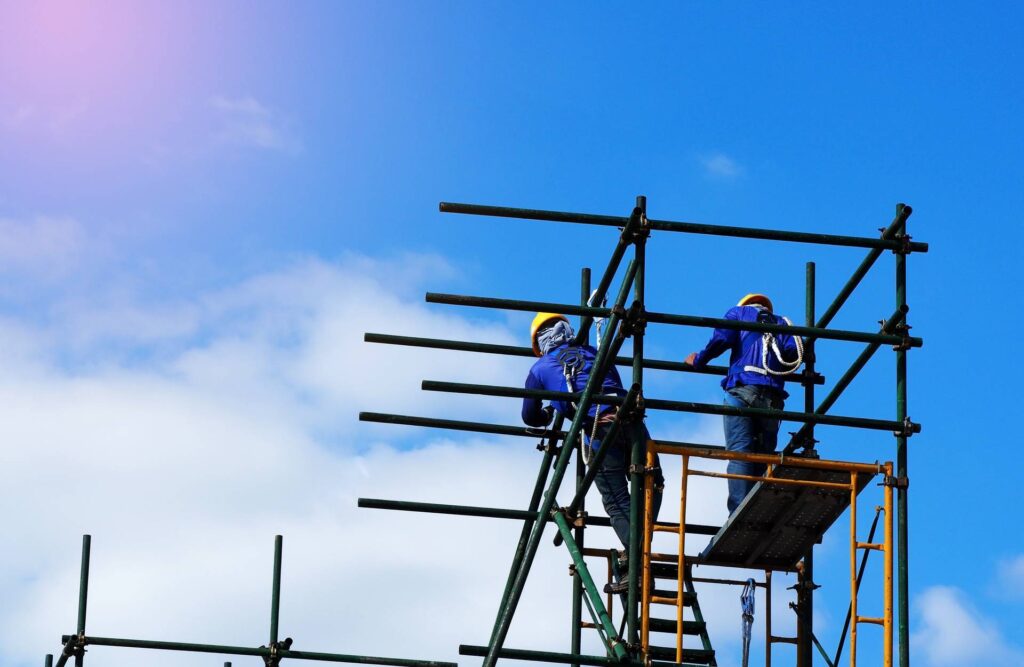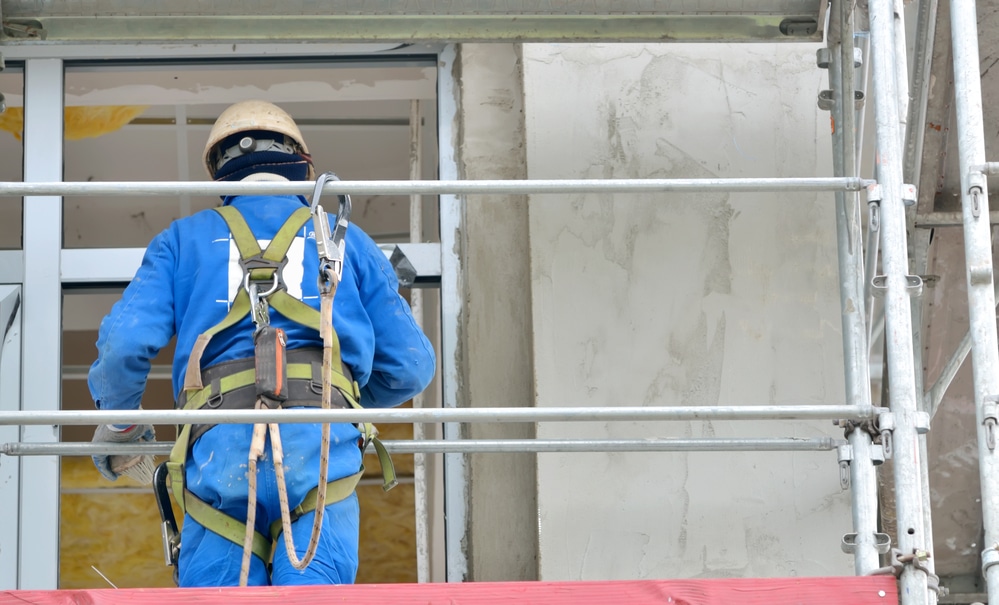Scaffold Weight Limits are an integral component of construction safety in Scaffold New York. They ensure scaffolds can support workers, equipment and materials without risk of collapse or structural failure. Adhering to them ensures all parties involved remain safe during activities related to building activities. Understanding and abiding by them are vitally important.
Establishing Scaffold Weight Limits
Scaffold Weight Limits (or load capacities) refer to the maximum load that a scaffold is safe to support at one time, which are determined by design and construction factors, including materials used, type of Scaffold NYC used and configuration type. Weight limits typically fall into three types:
Light Duty Scaffolding:
LSF can support up to 25 pounds per square foot (psf). This type of scaffold is suitable for tasks like painting, cleaning and minor repairs where the weight load is relatively light.
Medium Duty Scaffolding:
Supports up to 50 pounds per square foot and designed for moderate loads such as bricklaying or light plastering, this scaffold is suitable for activities like bricklaying.
Heavy Duty Scaffolding:
Supporting up to 75 pounds per square foot, heavy-duty scaffolding is necessary when undertaking more challenging tasks like masonry work or using heavier materials and equipment.
Factors Affecting Scaffold Weight Limits
There are various elements which impact the weight limits of Scaffold NYC, including:
Material Strength:
The material chosen for constructing Scaffolding NY (i.e. steel, aluminum or wood) plays an essential role in its load-bearing capacity; steel typically supports more weight than aluminum or wooden scaffolds.
Design and Structure:
A Scaffold New York design, including its size and spacing of components such as frames, cross braces and platforms, greatly impacts its strength. Achieving optimal design ensures weight distribution evenly over its length.
Assembly Quality:
How a Scaffold NYC is assembled can significantly impact its load capacity, so following manufacturer and regulatory guidelines to assemble it correctly for maximum strength and stability is of utmost importance for maximum effectiveness and strength.
Environmental Conditions:
Wind, rain and uneven ground can have an effect on scaffold stability and load capacity; thus requiring it to be designed and constructed accordingly in order to withstand these factors.
Usage Duration:
Temporary scaffolds used for short-term projects might have different load requirements compared to permanent or long-term scaffolding setups.
Regs And Standards

New York City Scaffold Weight Limits and safety regulations are manage by several authorities. Including OSHA and the New York City Department of Buildings (DOB). Key regulatory requirements include:
OSHA Standards:
OSHA provides extensive guidelines for scaffold safety, including load capacity requirements. According to 29 CFR 1926.451, scaffolds must be design so as to withstand. Their own weight plus four times the intended load limit.
New York City Building Code:
The NYC Building Code includes specific provisions regarding NYC Scaffolding. That emphasize its safe load limits and structural integrity, making compliance with this regulation essential to its safety.
Manufacturer Recommendations:
Most scaffold manufacturers provide load capacity specifications for their products. Following these recommendations is crucial to ensuring your scaffold can safely support any intended loads.
Regular Inspections:
Scaffold New York must be regularly inspecte by a competent person in order to remain safe and comply with load capacity requirements. Inspections should verify that all components are in good condition and assembled correctly.
Maintaining Scaffold Weight Limits
In order to comply with Scaffold Weight Limits, several best practices should be observed:
Accurate Load Calculations:
Determine the total weight that will be placed on a Scaffold NYC, including workers, tools and materials. Be certain that this does not exceed its load capacity.
Proper Training:
Workers should receive proper Scaffold NY safety training, which includes learning about weight limits and the significance of adhering to them.
Routine Maintenance:
Perform routine maintenance to protect the components of a scaffold from wear-and-tear damage that could compromise its load bearing capabilities, replacing worn parts as soon as they become damaged or worn out.
Use of Safety Accessories:
Equip scaffolds with necessary safety accessories like guardrails, toe boards and safety nets in order to increase overall safety and comply with regulations.
Consultation With Professionals:
Consult qualified Scaffold NYC designers and engineers to verify that scaffold structures meet required load capacities and safety standards.
Conclusion

Scaffold weight limits are an integral component of construction safety, ensuring that scaffolds can support required loads without risk of collapse. By understanding factors affecting weight limits and following regulations and guidelines for assembly and maintenance best practices, construction professionals like NYC Best Scaffold can ensure safe use of scaffolding systems in cities like New York where construction projects are ongoing and complex – keeping scaffolds safe is of vital importance both to workers and to members of the public alike.

